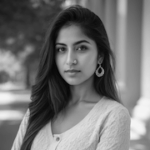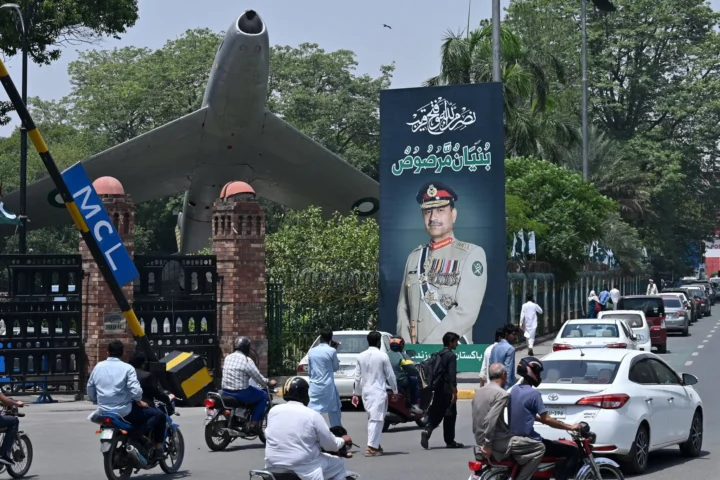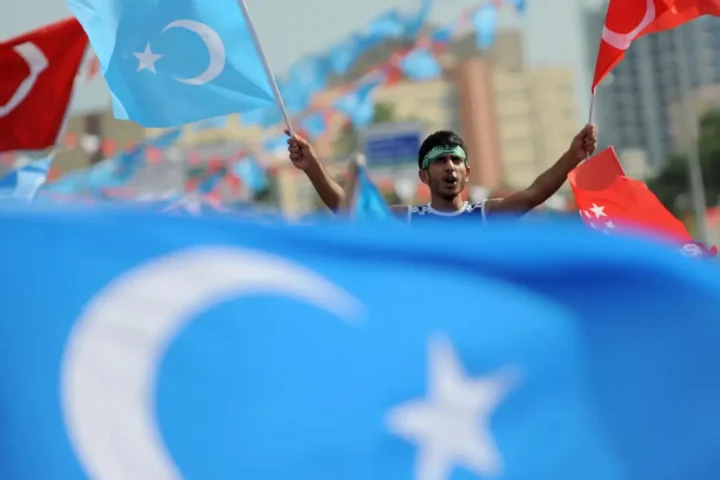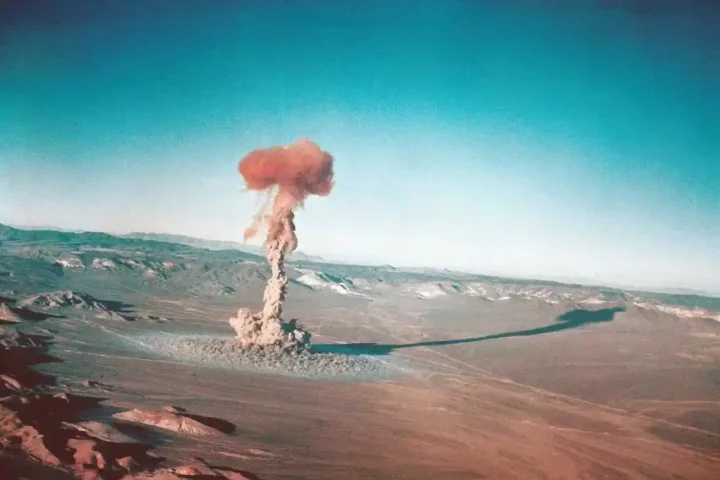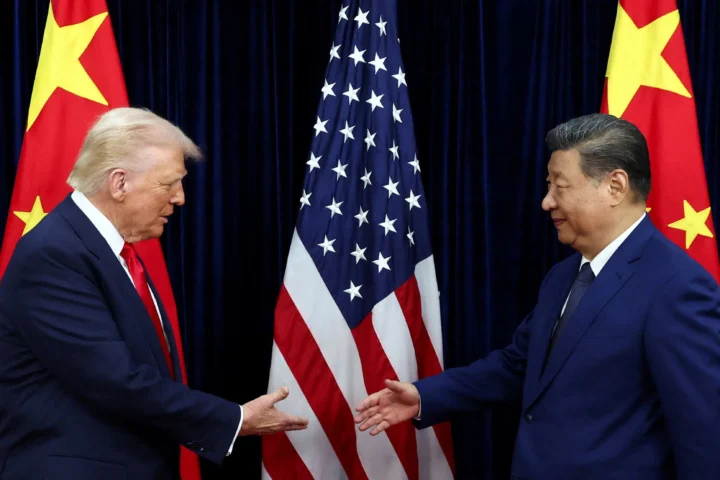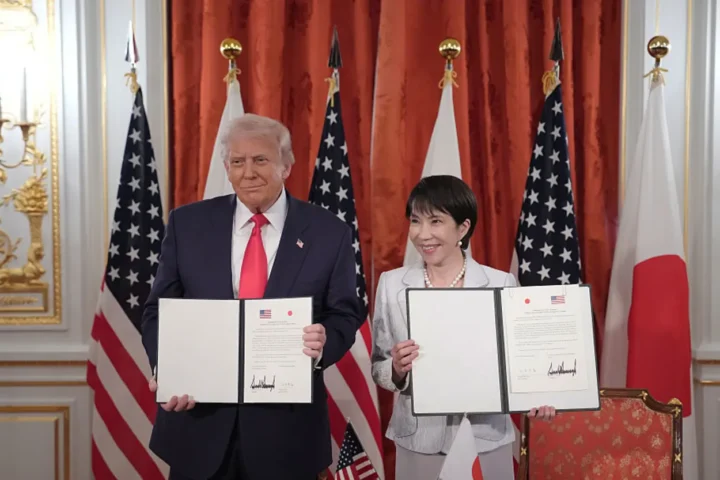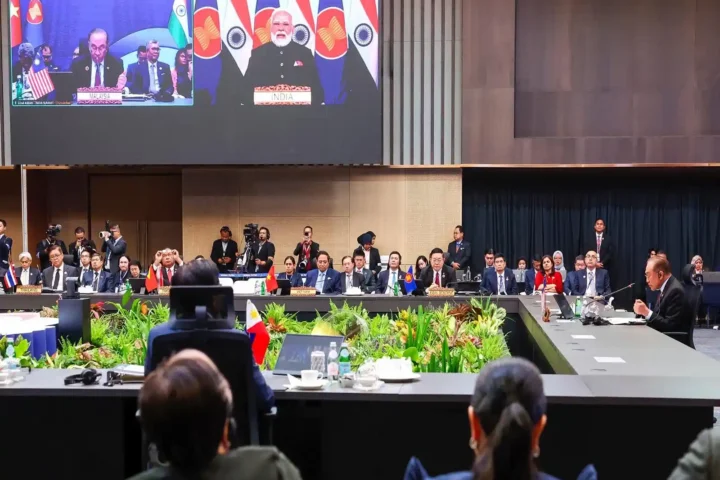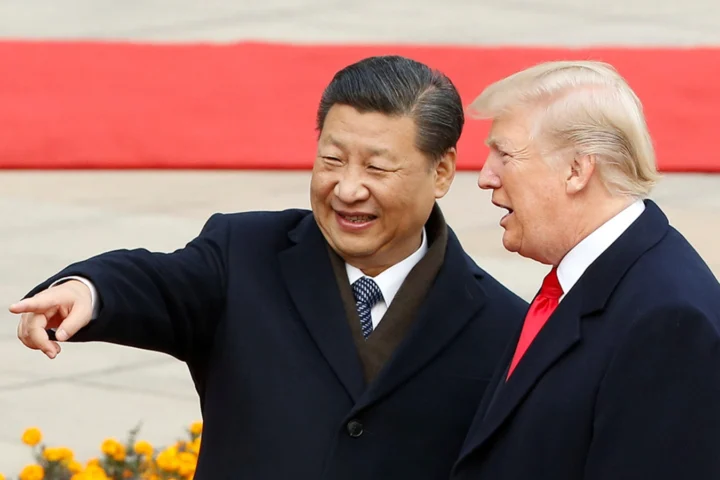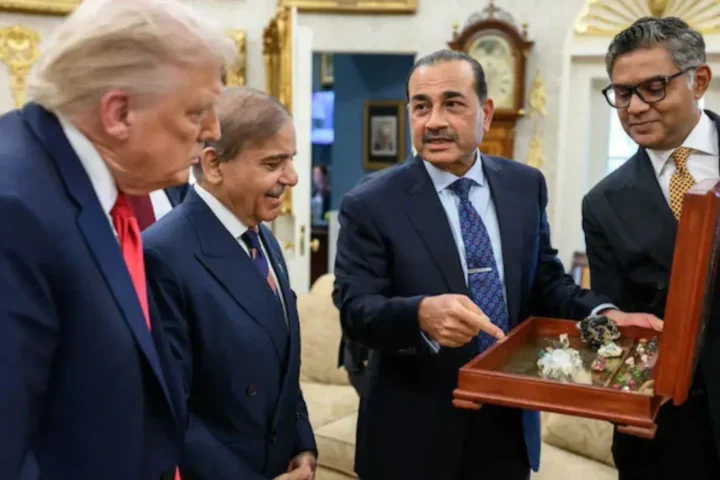This research article contrasts the divergent trajectories of Muslim-majority nations, highlighting the success of Gulf states like the UAE and Saudi Arabia in embracing modernization, economic diversification, and inclusive social policies. In contrast, Pakistan and Iran face stagnation due to ideological rigidity, conflict-driven governance, and economic mismanagement. The study explores how technocratic governance, investment in technology and education, and gender inclusion have propelled Gulf progress, while militarization and theocracy hinder development elsewhere. The central argument is that Islamic values can thrive alongside modernity, but progress requires decoupling religion from statecraft and prioritizing innovation, integration, and people-centric policy choices.
It pains me to witness the widening gulf between nations that share the same faith, yet tread such divergent paths. On one side stand countries like the United Arab Emirates and Saudi Arabia, boldly embracing modernization, technological innovation, and inclusive development, proving that Islamic values need not be at odds with progress.
On the other side are countries like Pakistan and Iran, where ideological rigidity, conflict-driven policies, and economic mismanagement have led to stagnation, disillusionment, and fragmentation. This contrast is not a matter of East versus West, nor of Islam versus secularism—it is a story of choices. In this analysis, I explore the structural forces and policy decisions that have shaped these disparate trajectories, and what lessons we, as a global Muslim community, must learn if we are to fulfill our true potential—not just spiritually, but economically, socially, and politically.
I. Economic Foundations: Pragmatism vs. Ideological Entrenchment
Pakistan and Iran: The Price of Prioritizing Conflict Over Commerce
Both Pakistan and Iran exemplify how ideological rigidity can corrode economic potential. Since 2001, Pakistan has hemorrhaged over $123 billion due to terrorism-related costs. Security-related expenditures consistently dwarf investments in infrastructure and social services. Despite being an agriculturally rich nation, and possessing a large labor force, Pakistan’s GDP is projected to grow just 2.3–2.7% in 2025—barely enough to keep up with population growth.
Inflation, driven by fiscal mismanagement and energy crises, has stripped away the purchasing power of millions. 40% of Pakistanis live below the poverty line, and industrial output has withered under the weight of regulatory instability and high taxation. With only 5% of GDP directed toward education, the country lags well behind the UAE’s 15%, starving its youth of the skills needed for a 21st-century economy.
Iran’s case is more extreme. Riddled with international sanctions and internal mismanagement, its economy teeters on collapse. Inflation rates surpass 35%, and over half the population faces food insecurity. Oil, once Iran’s economic lifeblood, is stuck at 1970s production levels, a direct result of the regime’s fixation on geopolitical proxy conflicts in Lebanon, Syria, and Yemen. Rather than diversifying its economy, Iran chose to entrench ideological supremacy through regional militancy, undermining investor confidence and domestic productivity.
Gulf States: Diversification and Global Integration
In stark contrast, the UAE and Saudi Arabia have treated their petrodollars not as an end but as a means to build diversified, knowledge-based economies. The UAE’s non-oil economy to grow by 5.2% in 2025, driven by tourism, real estate, and an aggressive push into technology. Dubai alone drew 1.7 million Saudi tourists in 2023, showcasing how inter-Gulf connectivity has turned into an economic asset.
Meanwhile, Abu Dhabi’s $6.5 billion investment in renewable energy is transforming the emirate into a global hub for green technology. Saudi Arabia’s Vision 2030, a bold blueprint for economic diversification, has catalyzed $111 billion in Emirati investments. Projects like NEOM—a $500 billion futuristic city—aim to contribute $48 billion annually by 2030.
These nations are not just spending—they’re building future-proof economies. The UAE now hosts over 40 free economic zones, enabling streamlined foreign investment and technology transfer. By contrast, Iran’s Revolutionary Guard siphons off investment, and Pakistan’s army-led conglomerates suppress entrepreneurial competition.
II. Social Development: Inclusion vs. Radicalization
Pakistan’s Self-Inflicted Fractures
Pakistan’s challenges are not just economic—they are deeply social. Radicalization has metastasized into the fabric of public life, largely nurtured by state-endorsed hate narratives and religious extremism. Out of a population of over 220 million:
- 22.8 million children are out of school, with many enrolled instead in unregulated madrassas that prioritize rote memorization of religious texts over science or math.
- Only 25% of women participate in the labor force, compared to 37% in Saudi Arabia.
- Among the youth—who make up over 64% of the population, blasphemy laws are seen as sacred, a testament to the radicalized civic mindset cultivated over decades.
Iran, too, is paying the price of its theocratic rigidity. The middle class has shrunk by 40% since 2020, with women disproportionately affected. Despite comprising 60% of university graduates, Iranian women hold a meager 6% of parliamentary seats. The social contract has eroded, and dissent, particularly among youth and women, is brutally suppressed rather than addressed.
Gulf’s Progressive Reforms
In a compelling counterpoint, Saudi Arabia and the UAE have pursued social modernization not as a concession but as a cornerstone of economic strategy.
- Women’s Empowerment: In Saudi Arabia, female workforce participation has nearly doubled since 2016, now reaching 37%. The UAE boasts 9 female ministers in its cabinet and has mainstreamed gender parity in governance and business.
- Cultural Pluralism: The UAE hosts over 200 nationalities, with expatriates forming 88% of the population. Cultural landmarks like Dubai’s Museum of the Future celebrate innovation over ideology, reflecting a broader ethos of inclusion.
- Youth Focus: With a $1 billion investment in e-sports and a dedicated Ministry of AI, Gulf youth are being groomed for the digital future. This sharply contrasts with Pakistan’s 34% youth unemployment rate and madrassa-heavy education model.
III. Governance Models: Technocracy vs. Theocracy
Pakistan and Iran: Militarized and Theocratic Paralysis
Both Iran and Pakistan suffer from what analysts call “policy schizophrenia”—a fractured decision-making apparatus paralyzed by ideological rigidity and institutional dysfunction.
- In Pakistan, the military controls nearly 12% of GDP via shadowy enterprises like the Frontier Works Organization (FWO), stifling private sector competition. Foreign investment is discouraged by Pakistan’s persistent FATF grey-listing and its adversarial posture toward India.
- In Iran, the Revolutionary Guard Corps dominates approximately 35% of the economy and allocates $16 billion annually to regional militias, further scaring off investors. Despite its vast oil wealth and strategic location, Iran’s anti-trade posture and internal repression keep it isolated.
Trade figures reflect this dysfunction: while Iran-UAE trade hit $30 billion in 2023, Pakistan-India trade remains frozen at just $2 billion, a pittance compared to a potential $37 billion.
Gulf’s Authoritarian Modernization
Authoritarianism in the Gulf, paradoxically, has not stifled progress. Instead, it has been molded into technocratic governance driven by results, not dogma.
- The UAE’s governance model has embraced meritocratic appointments, such as the “Minister of State for AI,” a role unheard of in many developing nations. Saudi Arabia’s NEOM project is helmed by globally respected technocrats, including Western-educated CEOs.
- Conflict Avoidance has paid dividends. The Saudi-Iran détente brokered in 2023 spurred an 18% rise in regional trade. In contrast, Pakistan’s perpetual fixation on Kashmir bleeds 2% of GDP annually due to defense expenditures and lost trade opportunities.
- Global Benchmarking drives reform: the UAE ranks 7th in the world for ease of doing business. Pakistan languishes at 147th.
IV. The Path Forward: What Can Be Learned
The comparison between the Gulf states and their conflict-torn counterparts in South Asia and the Middle East yields valuable lessons for the broader Muslim world.
1. Economic Inclusion De-Radicalizes
Saudi Arabia’s Social Development Bank financed 120,000 citizens and 7,000 SMEs in 2024 alone. This bottom-up approach empowers citizens, reducing the appeal of extremist ideologies. In contrast, Pakistan’s youth, with few economic opportunities, are ripe for radical recruitment.
2. Embrace Tech Over Theology
The UAE’s $8 billion AI investment and its Ministry of Artificial Intelligence are bold rejections of theological dominance in policymaking. Meanwhile, Pakistan maintains over 50,000 madrassas, often unregulated and disconnected from market needs.
3. Integrate, Don’t Isolate
UAE-India trade reached $85 billion in 2025. Pakistan, still banning Bollywood movies and trade with its neighbor, misses out on enormous economic synergy. Isolationism, in a globalized world, is a recipe for decay.
4. Women as Catalysts for Growth
Women drive economic growth. In Saudi Arabia, women now own 45% of startups. In Pakistan, it’s a paltry 1%. Exclusion is not just a human rights issue—it’s an economic liability.
The High Cost of Hate
Pakistan and Iran’s current crises are not inevitable byproducts of fate or faith. They are the cumulative results of deliberate policy choices: choosing ideology over innovation, conflict over commerce, and repression over reform.
The UAE and Saudi Arabia—once seen as rigid petro-monarchies—have demonstrated that Islam and modernity are not mutually exclusive. They’ve built smart cities in deserts, diversified economies once reliant solely on oil, and crafted policies that attract global talent and investment. In stark contrast, Pakistan has turned fertile plains into ideological battlegrounds, while Iran’s vast oil wealth has been squandered on militarism.
The lesson is clear: Islamic values can coexist with economic dynamism and social inclusion—but only when political Islam is decoupled from the machinery of state. In the 21st century, prosperity flows not from fighting ideological wars but from empowering people, fostering innovation, and embracing the interconnectedness of the modern world.
For Pakistan and Iran, the window is not yet closed. But time—and the patience of their people—is running out.
References and Further Reading
- MEI
“Why Pakistan is looking to Saudi Arabia and the UAE to ramp up investment”
Middle East Institute, 2025
URL: https://www.mei.edu/publications/why-pakistan-looking-saudi-arabia-and-uae-ramp-investment - Chatham House
“The Gulf Divided: The Impact of the Qatar Crisis” (PDF)
Chatham House, 2019
URL: https://www.chathamhouse.org/sites/default/files/publications/research/2019-05-30-Gulf%20Crisis_0.pdf - Siddiqa, Arhama
“Pakistan’s Tightrope Walk Between Saudi Arabia and Iran” (PDF)
UCP Journal of Humanities & Social Sciences, 2023
URL: https://ojs.ucp.edu.pk/index.php/jhss/article/download/189/82 - MEI
“Beyond guns and oil: The emerging soft power rivalry between Iran and Saudi Arabia”
Middle East Institute, 2025
URL: https://mei.edu/publications/beyond-guns-and-oil-emerging-soft-power-rivalry-between-iran-and-saudi-arabia - Wikipedia Contributors
“Iran–Saudi Arabia proxy conflict”
Wikipedia, 2023
URL: https://en.wikipedia.org/wiki/Iran%E2%80%93Saudi_Arabia_proxy_conflict - RAND Corporation
“The Muslim World After 9/11” (PDF)
RAND, 2004
URL: https://www.rand.org/content/dam/rand/pubs/monographs/2004/RAND_MG246.pdf - Atlantic Council
“Saudi Arabia and the UAE are economic frenemies. And that’s a good thing”
Atlantic Council, 2025
URL: https://www.atlanticcouncil.org/blogs/menasource/saudi-arabia-and-the-uae-are-economic-frenemies-and-thats-a-good-thing/ - South Asian Voices
“Implications of the Iran-Saudi Deal for Pakistan”
URL: https://southasianvoices.org/implications-of-the-iran-saudi-deal-for-pakistan/ - United Nations Department of Economic and Social Affairs
“Major Trends Affecting Families in the Gulf Countries” (PDF)
URL: https://www.un.org/esa/socdev/family/Publications/mtelhaddad.pdf - The Khorasan Diary
“Pakistan-Iran Trade; Challenges and Opportunities”
URL: https://thekhorasandiary.com/en/2024/07/30/pakistan-iran-trade-challenges-&-opportunities - LinkedIn
“Economic Boom: How the UAE, Saudi Arabia, and Oman are Transforming and Attracting Investment”
URL: https://www.linkedin.com/pulse/economic-boom-how-uae-saudi-arabia-oman-transforming-attracting-raza-skzze - NDU Journal
“Socio Economic Factors Behind Radicalization” (PDF)
URL: https://ndujournal.ndu.edu.pk/site/article/download/165/121/154 - World Economic Forum
“How Gulf countries’ golden schemes are paving the way to a diversified economy”
URL: https://www.weforum.org/stories/2025/04/gulf-countries-golden-schemes/ - Pakistan Institute of Development Economics (PIDE)
“The Saudi-Iran Rapprochement and its Implications for Pakistan”
URL: https://pide.org.pk/research/the-saudi-iran-rapprochement-and-its-implications-for-pakistan/

